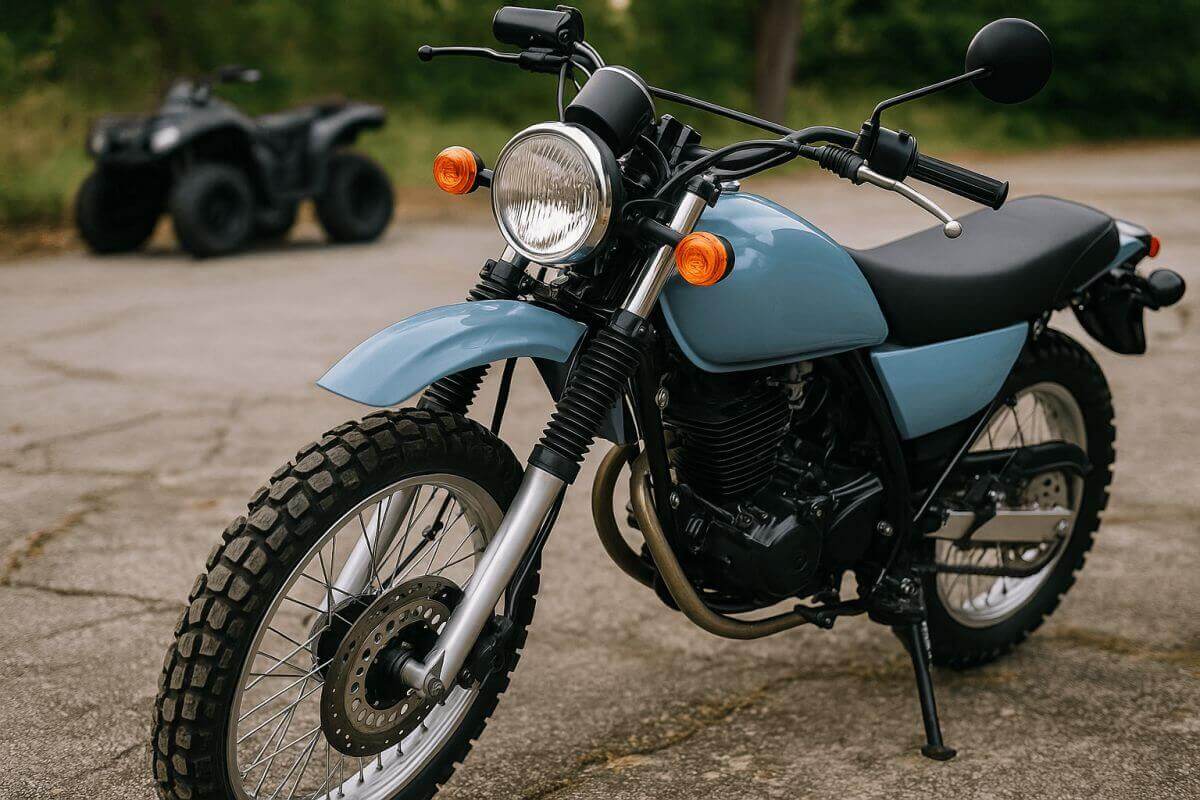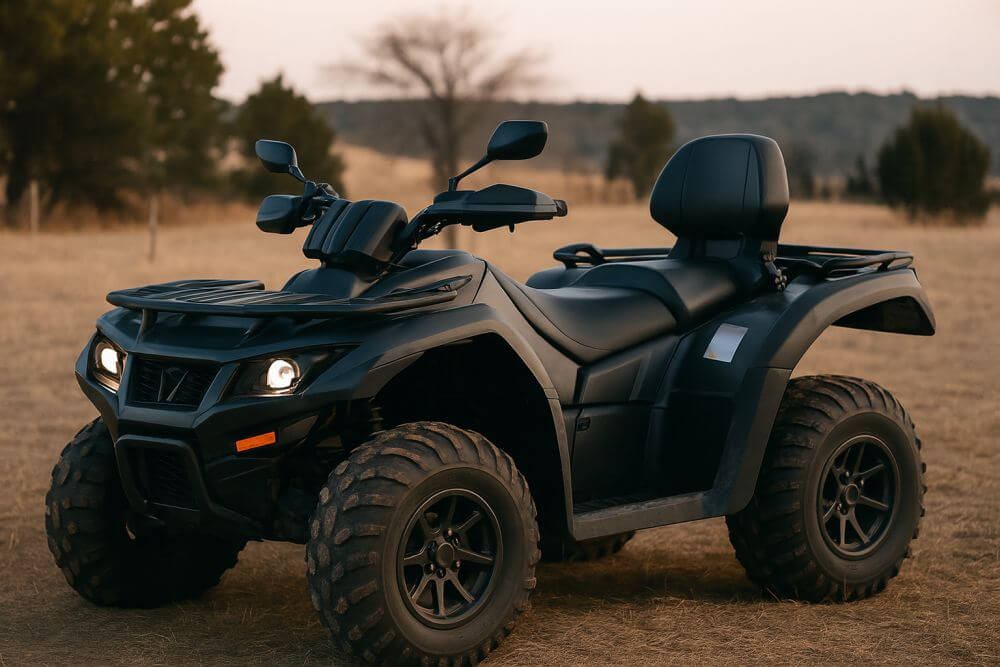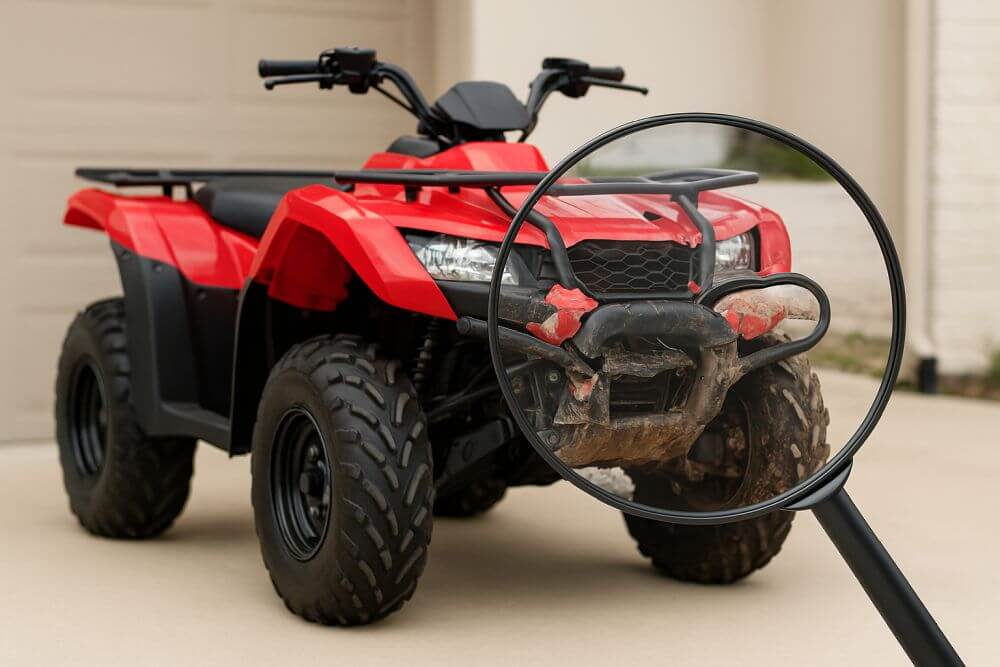Thinking of buying a used motorcycle, ATV, or dirt bike? Before you seal the deal, one essential step is checking the Vehicle Identification Number (VIN). This 17-digit code tells the story of the vehicle—its origins, title status, accident history, and more.
But here’s the catch: VINs on bikes and off-road vehicles aren’t always in plain sight. That’s why we’ve put together this straightforward guide—to help you find the VIN quickly, recognize the right number, and spot potential red flags.

Understanding the VIN
The VIN is a standardized 17-character code assigned to every motor vehicle manufactured since 1981. Think of it as a unique ID—it includes information about the vehicle’s manufacturer, model, year, and features.
When you run a VIN search on VinCheckPro.com, we use that number to access official records from government agencies and industry sources. It’s your first line of defense against buying a bike with a troubled past.
Where to Look for the VIN on a Motorcycle
On most motorcycles, the VIN is located:
- On the steering neck—just below the handlebars
- Typically on the right side of the frame (some brands place it on the left)
- Either stamped directly into the metal or printed on a riveted plate or sticker
To find it more easily, turn the handlebars fully to the left and check the side of the steering head tube. A flashlight can help if the area’s in shadow.
Heads-up: Don’t confuse the VIN with the engine number. They’re not the same—and the VIN is what you’ll need for registration and history checks.
Where to Look on an ATV (Four-Wheeler)
ATVs have a few common spots for VIN placement. Check:
- Inside the front left wheel well (on the frame)
- On the left frame rail beneath the footrest
- Toward the back of the frame, near the rear suspension
The VIN is always stamped into the chassis itself—not on removable parts. If it’s not immediately visible, clean the area or remove mudguards or skid plates that might be in the way.
Finding the VIN on a Dirt Bike
Most dirt bikes follow the same layout as regular motorcycles. You’ll usually find the VIN:
- On the steering head or neck of the frame
- Just behind the front number plate or plastic shroud
- Most often on the right-hand side when seated on the bike
If any parts are blocking your view, such as cables or the number plate, gently move them aside. It’s a small effort that can prevent big headaches later.
How to Confirm You’ve Found the Right Number
With various codes stamped on bikes and ATVs, how do you know which one is the VIN? Here’s a simple comparison:
| Detail | VIN | Not a VIN |
| Length | 17 characters | Typically shorter (5–12 characters) |
| Location | On the frame | On the engine, swingarm, or parts |
| Format | Letters and numbers (no I, O, Q) | May contain invalid characters |
| Label | Marked “VIN” or “Frame No.” | Might be “Engine No.” or blank |
Trouble Finding the VIN? Try These Tips
Sometimes the VIN can be obscured or faint. Here are a few ways to bring it into view:
- Use a flashlight at a low angle to cast shadows into stamped digits
- Clean the area with a cloth and mild degreaser
- Rub a pencil or chalk lightly over the stamp to highlight it
- Temporarily move or remove any plastic covers or guards
- Look for a secondary sticker elsewhere on the frame
Why Verifying the VIN Matters
Once you’ve found the VIN, match it with the number on the title or registration. Be alert for signs of tampering—scratches, welding, or mismatched plates could be red flags.
Then, run the VIN through VinCheckPro.com to check for:
- Past accidents or insurance claims
- Salvage, rebuilt, or junk titles
- Theft records
- Odometer rollbacks
- Open recalls
This step can protect you from unknowingly buying a vehicle with hidden issues.
Final Thoughts
Finding the VIN and checking it thoroughly isn’t just a box to tick—it’s one of the most practical ways to protect your money and peace of mind when buying a used motorcycle, ATV, or dirt bike.
Have the VIN ready? Get your free vehicle history report now:
Run a Free Motorcycle VIN Check
If you’ve found your VIN in an unusual spot, let us know. We’re always updating our guides to make them more helpful for riders like you.


